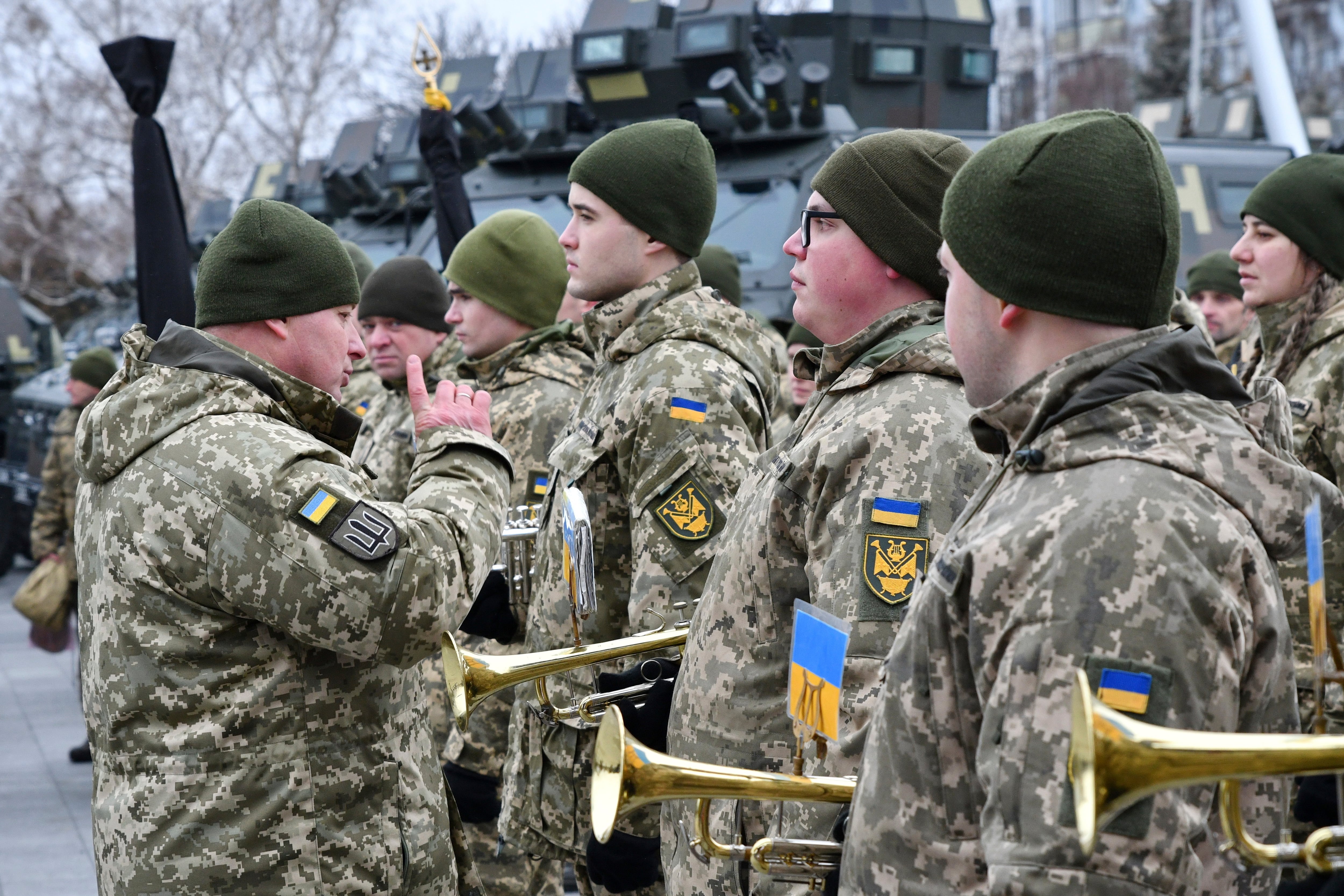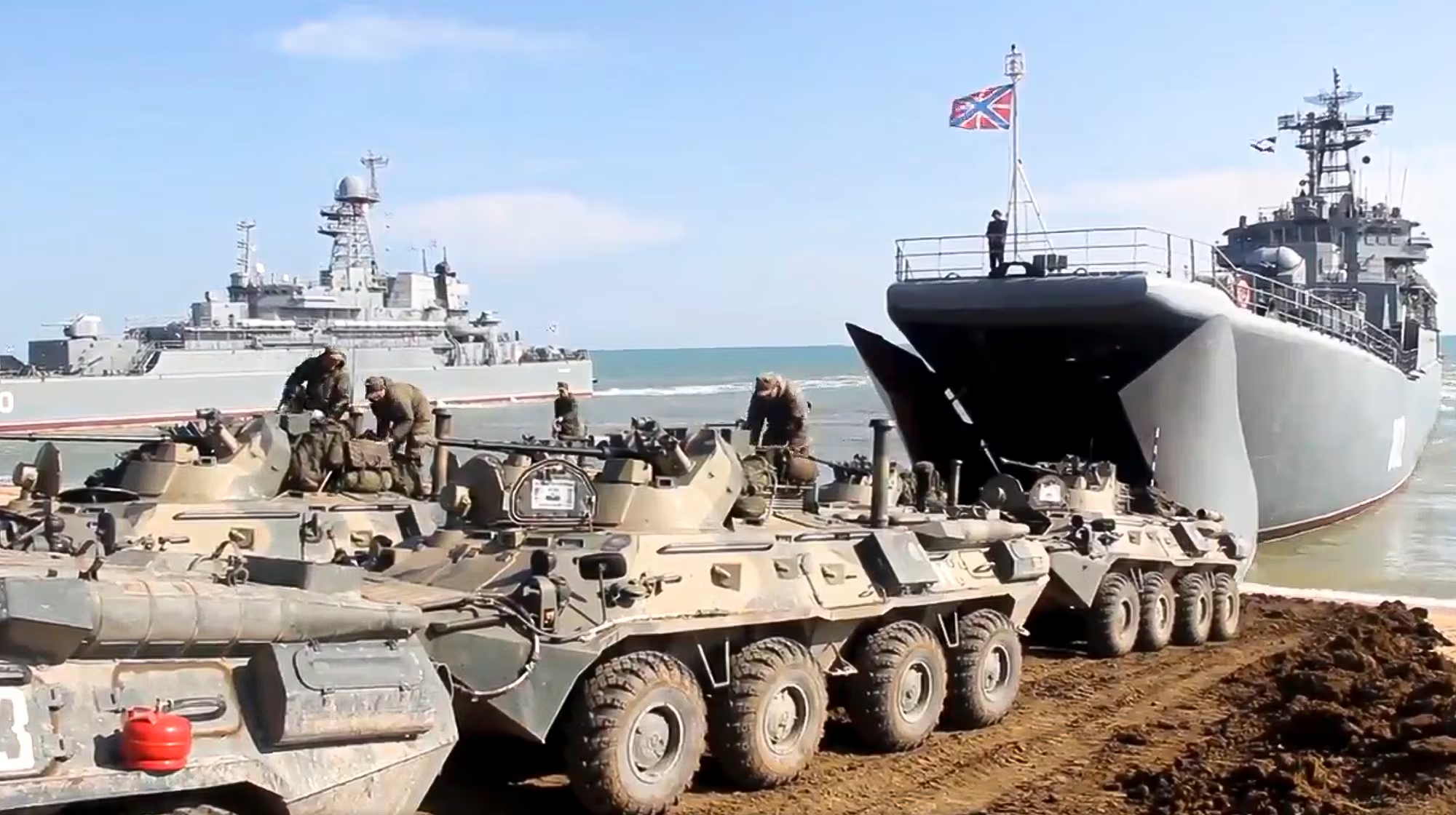The Russian Federation’s demonstrative accumulation of troops on the border with Ukraine for the second time in 2021 has raised serious concerns about a possible full-scale Russian aggression against Ukraine and forced the West to seek dialogue with Russian President Vladimir Putin. The most desirable participants in the dialogue for the Kremlin are representatives of the new United States administration and President Joe Biden personally, with whom Putin has already met this summer in Geneva and with whom he hopes to hold video talks in early December.
It is no secret that the desired outcome of these talks for Russia is concessions from the U.S., reduction of sanctions, military exercises on NATO’s eastern flank, military-technical assistance to Ukraine and recognition of Moscow’s exclusive sphere of influence, which should include at least a significant part of the post-Soviet space and where Russia will have the right to interfere in the domestic politics of independent countries, including through the use of military force.
RELATED

The only thing that Russia can offer in exchange for such concessions is to solve the problems that it creates on its own. Since restoring international order and ending the occupation of Crimea and Donbas is not part of the Kremlin’s plans, Moscow can only create new problems, hoping that the West will eventually fail and will have to negotiate on Russian terms.
Since the problems that Russia creates for the West are much more significant than those that the West creates for Russia, we do not have to accuse Moscow of lack of logic and excessively risky behavior. The risks of negative undesirable consequences for Russia are extremely low and are well calculated by its leadership. A clear example of this approach is the beginning of U.S. cooperation with Russia to combat cyber threats, although it is clear that cyberattacks against the U.S. from Russia were not only known in advance to Russian intelligence, but also conducted by hacker groups directly subordinate to them.
A similar model applies to possible military escalation. The logic of this behavior is fully consistent with the methodology of the Chief of the General Staff of the Armed Forces of the Russian Federation General Valery Gerasimov with his use of the military threat to achieve non-military goals, and previous Russian and Soviet practices of strategic influence on the enemy, also based on military, especially nuclear threats. Such a universal approach to creating threats to further eliminate them in exchange for concessions from the object of influence is called “escalation for de-escalation” and the resumption of its active use after the Cold War is personally associated with Vladimir Putin.
In 1999, immediately after the appointment of Vladimir Putin as Secretary of the RF Security Council, he began drafting a new military doctrine, which was promulgated in 2000. For the first time, this doctrine allowed Russia to use nuclear weapons in a non-nuclear conflict in situations “critical to Russia’s national security.” The main purpose of the new military doctrine of the Russian Federation was to deter the West from supporting then de facto independent Chechnya, against which the Russians were preparing a military operation. The new doctrine was the use of nuclear deterrence for local conflict, a message about the importance of Chechnya for Russia to the point of readiness to use nuclear weapons.
To analyze the current behavior of the Russian Federation, it is important to understand that both the military doctrine of 2000 and subsequent doctrines, which also included elements of “escalation for de-escalation” should be considered in the context of strategic deterrence, rather than guidelines for military action. At the same time, it should be understood that Russia’s understanding of deterrence differs significantly from the Western one, and is aimed not at avoiding conflict as such, but at deterring the West and especially the U.S. from participating in it. In other words, the task of such deterrence is to preserve Russia’s ability to put pressure on third countries, including by using its own military forces against such countries, without a high risk of U.S. intervention on the part of victims of such pressure.
From the Russian point of view, deterrence is not only and not so much about military plans and the availability of weapons. Deterrence for Russians is about the psychology and application of reflexive control, the hidden influence on the decision-making process. This influence of the Russian Federation is exercised, inter alia, through the publication of strategic military documents, military exercises, public and non-public statements of its diplomats. For example, in 1993, Russian military doctrine included provisions on the readiness to carry out nuclear strikes on the territory of countries that are allies of nuclear powers. The sole purpose of these innovations was to influence the population and, consequently, the politicians of the former Warsaw Pact countries, in order to reduce the popularity of the idea of joining NATO countries.
The real military plans of the Russian Federation, which will actually be applied in case of failure of “deterrence”, differ significantly from the public ones. These plans are governed by secret documents and are not subject to public communication at all. In 2008, during the aggression against Georgia and in 2014 during the aggression against Ukraine, the Russians did not demonstrate the accumulation of troops, hiding not only preparation but also their own participation in military operations. The search for dialogue with the West was also not observed at that time. The military operations were for military purposes and were not a means of strengthening the Kremlin’s negotiating position.
Unfortunately, neither after 2008 nor after 2014, Russia was not punished enough to stop the practice of military pressure. As a result, the Kremlin’s arsenal includes not only military bluffing, but also the possibility of direct military aggression. It is obvious that Ukraine, of all the countries bordering Russia, except China, is almost the only country that is able to give a tangible and perhaps even unacceptable military response to Moscow in the event of such a large-scale conflict. For more than 8 years of Russian aggression, the Armed Forces of Ukraine have become well-prepared, tested by constant hostilities, a highly motivated military machine, which has the ability in a short time to involve in combat more than 500,000 people (mostly veterans of the Ukrainian-Russian war).
RELATED

At the same time, gaps in the technical support of the Ukrainian Armed Forces, especially in the areas of air and missile defense, and Russian dominance in the Black and Azov Seas, create certain opportunities for Russia to avoid a direct land collision with Ukraine in which Russia will not have sufficient advantage. Preserving these vulnerabilities in Ukraine’s defense is critical to Russia’s ability to maintain military pressure and blackmail, both against Ukraine and its Western counterparts. Unfortunately, Ukraine in its current economic state is unlikely to be able to solve the problems of technical equipment of its own air and naval forces in a short time. But this is quite possible with the support of Western partners, especially with the help of the United States. This is well understood in the Kremlin. And the current “escalation for de-escalation” on Ukraine’s borders is directed against such assistance.
Unfortunately, there is a risk that the Russians will, at least in part, achieve the desired results. I would like to warn against this. Even the smallest concessions that can be made to Putin in the current situation will only preserve opportunities for Russia to continue its aggressive wars and blackmail by their conduct to achieve the desired political results. The only adequate response to the Kremlin’s criminal behavior should be to use its own “escalation for de-escalation”, which should include increasing sanctions on Russia and its leadership, intensifying defense and security cooperation with NATO members and partners, and substantially increasing military and technical assistance to Ukraine. Ukraine, which during the eight years of war with Russia with minimal Western assistance proved that Ukrainian soldiers do not flee, leaving weapons to the enemy, as happened in Afghanistan.
Oleksandr Danylyuk, chairman of the Ukrainian Center for Defense reforms, is a senior fellow in the Potomac Foundation, a former Chief Adviser to Ukraine’s Minister of Defense, a member of Ukrainian government inter-agency platform for countering hybrid threats and one of the leaders of Ukrainian Revolution of Dignity.
Editor’s note: This is an Op-Ed and as such, the opinions expressed are those of the author. If you would like to respond, or have an editorial of your own you would like to submit, please contact Military Times managing editor Howard Altman, haltman@militarytimes.com.









